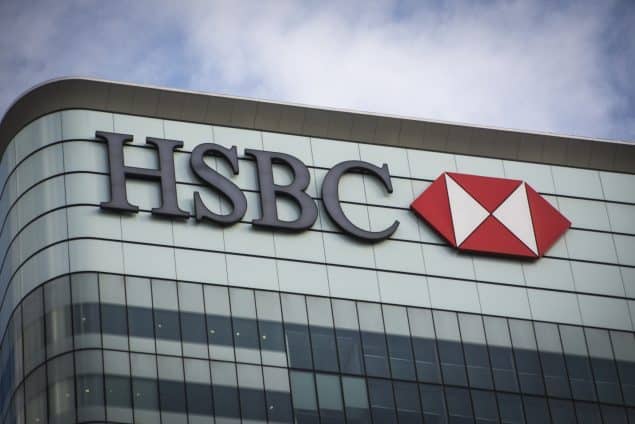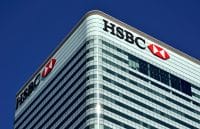Home » UK Business & Employment News • UK Business News • UK Employment news » HSBC’s move to former BT site shows changing demand for office space
HSBC’s move to former BT site shows changing demand for office space
https://www.whatjobs.com/news/united-kingdom/uk-business-news/hsbcs-move-to-former-bt-site-shows-changing-demand-for-office-space

HSBC is preparing to leave its 20-year home at 8 Canada Square in Canary Wharf and relocate to a site near St Paul's Cathedral previously occupied by BT.
The decision by HSBC to downsize its headquarters is a significant indication of the evolving demand for office space, not only in London but also more broadly.
The current HSBC headquarters in London accommodates up to 8,000 employees during peak hours.
Read More: HSBC to rebrand Silicon Valley Bank UK in a bid to preserve tech-focused operations
The new development, Panorama St Paul's, is approximately half the size, reflecting the bank's expectation that fewer employees will be working in the head office simultaneously in the future.
This move underscores the growing acceptance of hybrid working, where employees divide their time between remote work and in-office work.
HSBC's decision sets it apart from major Wall Street banks that have been vocal about the importance of returning employees to the office post-pandemic.
Read More: HSBC shareholders to vote on spinoff of Asia business
Banks like JPMorgan and Goldman Sachs have advocated for a full return to the office.
In contrast, other companies in the Square Mile and Canary Wharf have embraced a more flexible approach, with Lloyds Banking Group, for example, expecting staff to be present in the office for at least two days a week.
This shift in working models is expected to have significant implications for the commercial property sector.
Read More: HSBC profits up by $1.5 billion after Silicon Valley Bank UK business buyout
Office owners may face a surplus of space, despite current surveys suggesting that demand for office space in central London is currently above its long-term average.
The reduced footfall in the City and West End on Mondays and Fridays, though not as quiet as during the lockdown, will also impact local businesses such as shops, bars, and restaurants.
The relocation also poses challenges for Canary Wharf, which has been diversifying its tenant base beyond financial services into areas like life sciences and the creative industries.
Read More: HSBC buys out UK arm of collapsed Silicon Valley Bank for just £1
The area has even begun offering residential space.
While these changes were already underway, losing HSBC as a major tenant is an additional setback.
Credit Suisse, another significant tenant, was also seeking to sublet office space before its rescue by UBS earlier this year.
The City of London Corporation, which has long competed with Canary Wharf for office tenants, is likely to celebrate HSBC's return to the Square Mile.
This news follows the announcement Clifford Chance, one of the prominent "magic circle" law firms, will move back to the City from Canary Wharf in 2028.
Read More: HSBC to close 114 banks in Britain from April 2023
Luring HSBC to its preferred option at the new Panorama St Paul's development will be a notable success for Orion Capital Partners, the private equity firm that acquired BT's old head office at 81 Newgate Street in 2019.
HSBC had reportedly considered other sites, such as Evargo Tower near Fleet Street and 175 Bishopsgate, previously occupied by the European Bank of Reconstruction and Development.
HSBC's current headquarters holds great significance for the bank, having brought together employees from various locations across the City of London.
Need Career Advice? Get employment skills advice at all levels of your career
Designed by architect Sir Norman Foster, the building's sale in 2007 set a UK record for the highest price ever paid for a building at that time.
It has since played a role in HSBC's periodic deliberations on whether to retain its global headquarters in the UK or move to Hong Kong.
While the prospect of HSBC relocating to Hong Kong remains uncertain, the move to the new site near St Paul's Cathedral signifies a significant shift for the bank, reflecting the changing landscape of office work and its implications for the commercial property sector in London and beyond.
Follow us on YouTube, Twitter, LinkedIn, and Facebook













